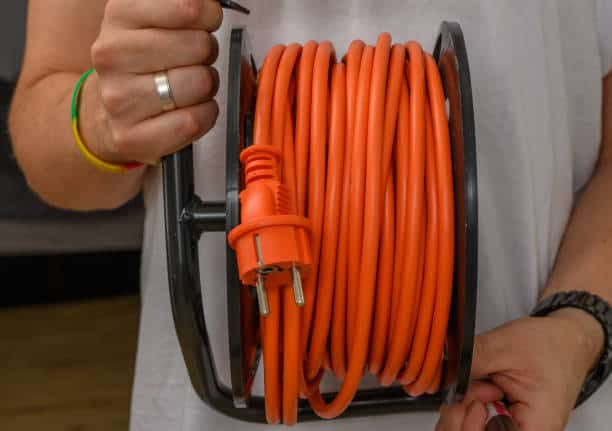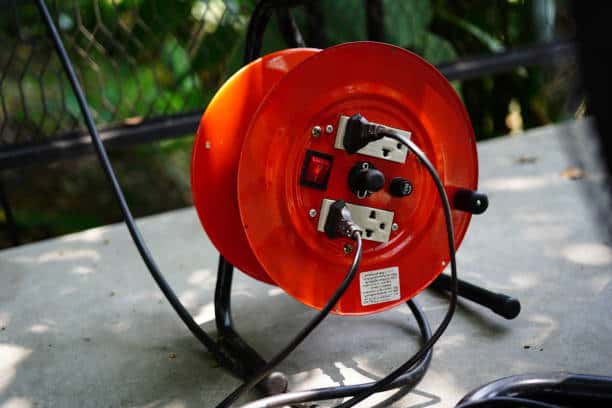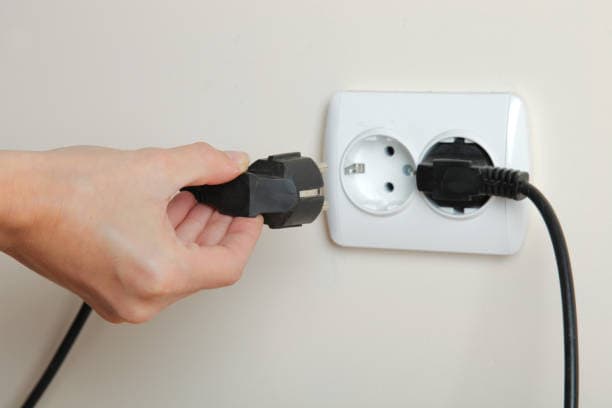Are all monitor power cables the same?
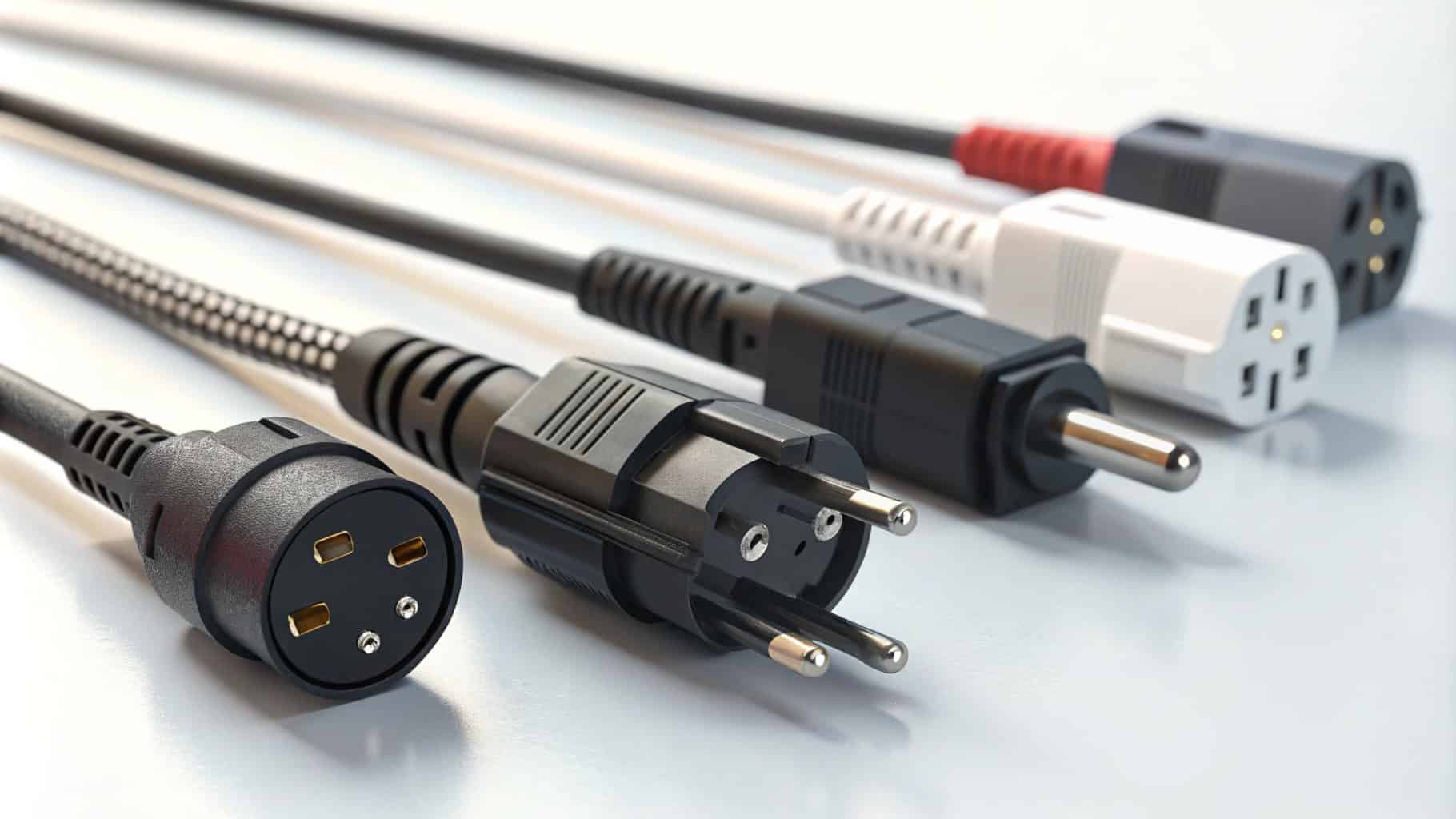
Have you ever wondered if all monitor power cables are created equal? It may seem like a simple question, but with different monitor brands, models, and power requirements, the answer is not as straightforward as it seems. This question is more relevant than ever with the diversity of monitor types available today.
Snippet paragraph: Not all monitor power cables are the same. Factors like the voltage, amperage, plug type, and even the region you live in can affect the compatibility of the cable with your monitor.
Transition paragraph: It's easy to assume that all cables are interchangeable, but there's more to it than meets the eye. Let’s dive deeper into why the power cables for monitors differ and how to ensure you're using the right one.
Are all power cords for monitors the same?
When you buy a new monitor or need to replace the power cord, you may be surprised to find a variety of cables available. This raises the question: Are all monitor power cords interchangeable?
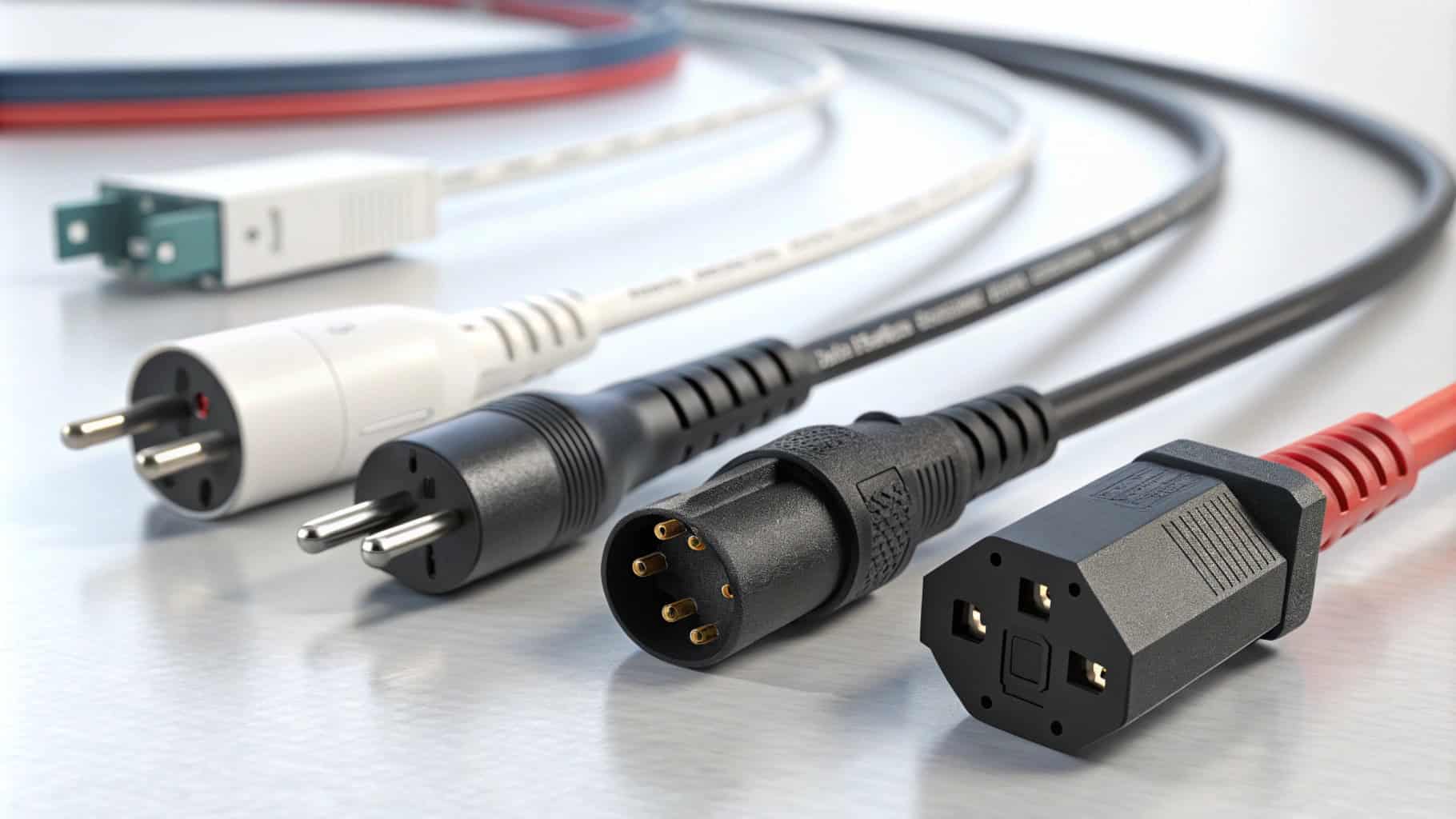
Snippet paragraph: No, all power cords for monitors are not the same. The key differences lie in the voltage, amperage, connector type, and regional plug standards, which can all vary.
Opening Paragraph for H2: Let’s look at why not all power cords are compatible with every monitor. First, it’s important to understand that monitors can have different power ratings and regional standards.
Dive deeper sections for H2:
1. Voltage and Amperage Requirements
Monitors come with different voltage and amperage requirements based on their size and the technology they use. Larger monitors and high-performance displays often require more power than basic models. If you try to use a power cable with insufficient amperage, it could lead to performance issues or even damage the monitor.
2. Plug Types and Regional Variations
Power cords are also designed with different plug types depending on the region. For example, in the United States, most power cords for monitors use the NEMA 5-15P plug, while European countries use the CEE 7/7 plug. So, while a cord might fit physically, it may not work unless the plug matches the socket type and voltage in your region.
3. Cable Length and Durability
The length of a power cable can vary. Some people may want longer cords to reach a distant outlet, while others may prefer shorter cords for tidiness. Additionally, the durability of the cable can vary depending on the quality of the materials used. If you’re using a monitor in an environment where the cable will be frequently moved or twisted, you might want to look for one that is more resistant to wear and tear.
4. Special Features for High-Performance Monitors
Monitors with specialized features, such as built-in USB hubs, high refresh rates, or extra features like RGB lighting, may require specific power cords or adapters that aren’t universally available. Always check the manufacturer’s guidelines when buying a replacement.
How do I know what power cable my monitor needs?
If you’ve lost your original monitor power cable or are just unsure about which replacement to purchase, here are a few ways to identify the right cable for your monitor.
Snippet paragraph: To know which power cable your monitor needs, check the label on the back of the monitor, look for the voltage and amperage specifications, or consult the user manual.
Opening Paragraph for H2: The first step is to check the back of your monitor for a label or sticker. Most monitors will display the voltage and amperage needed right on the device itself.
Dive deeper sections for H2:
1. Check the Monitor’s Specifications
Most modern monitors will have a label or sticker located on the back, usually near the power input. This label often includes information like the model number, voltage, and amperage. By looking at this information, you can match it with the specifications on the power cord you’re considering. For instance, a monitor that requires 19V and 2A will need a power cord that provides exactly those values.
2. Consult the User Manual
If the information isn't available on the monitor itself, the user manual should contain the power requirements. Many monitors will come with a power adapter or cable that matches the specifications in the manual, so if you’ve lost the original, you can use this as a reference when purchasing a replacement.
3. Look for Compatibility Markers
Some power cords have specific labels or codes that indicate compatibility with various devices. If you have trouble finding the exact specifications for your monitor, you can look for power cords that are explicitly marketed as being compatible with your monitor brand.
4. Buy Directly from the Manufacturer
If you're still unsure, buying a replacement directly from the manufacturer is the safest route. Many manufacturers sell compatible replacement cables designed specifically for their products, ensuring the right fit.
Are monitor power supplies universal?
It’s natural to wonder if monitor power supplies are universal. After all, most electronics use some form of power supply. However, this is not the case for monitors.
Snippet paragraph: No, monitor power supplies are not universal. They vary depending on the monitor’s power requirements, region, and specific features.
Opening Paragraph for H2: A power supply is responsible for converting the voltage from your outlet into the power your monitor needs. Because monitors come with various power requirements, power supplies are not universal across all models.
Dive deeper sections for H2:
1. Different Voltage and Current Needs
As mentioned earlier, monitors have different power ratings. Some may need 12V, others may need 19V or 24V. A universal power supply could potentially cause issues by providing the wrong voltage to the monitor, damaging it in the process.
2. Proprietary Designs for Certain Monitors
Some high-end monitors, particularly those from brands like Apple, Dell, or LG, may come with proprietary power supplies that are designed specifically for their internal components. These supplies are not interchangeable with those used by other brands, even if they have similar voltage ratings.
3. The Need for Quality Power Supplies
Finally, it’s essential to ensure that any power supply you use is of high quality. Using a substandard power supply can affect the performance of your monitor, especially with features like color accuracy, refresh rate, or brightness levels. For these reasons, it’s generally recommended to use an official replacement power supply.
Are all display cables the same?
Display cables are another area where consumers often encounter confusion. HDMI, DisplayPort, VGA, and other cables all serve to connect your monitor to a computer, but are they all the same?
Snippet paragraph: Display cables are not the same. Different types of cables offer varying levels of performance, resolution, and refresh rate support.
Opening Paragraph for H2: Display cables come in a variety of types, and each has its own benefits and limitations. Let’s explore the differences between these cables to ensure you choose the right one for your needs.
Dive deeper sections for H2:
1. HDMI vs. DisplayPort
HDMI (High Definition Multimedia Interface) and DisplayPort are two of the most common cables used to connect monitors to computers. While HDMI is more commonly used for TVs and home entertainment, DisplayPort often supports higher resolutions and refresh rates, making it ideal for gaming and high-performance monitors.
2. VGA and Older Connections
VGA (Video Graphics Array) is an older standard, and while it can still be found on some legacy monitors, it doesn’t support the same high resolutions or refresh rates as newer cables. If you're using a modern monitor, you should avoid VGA unless you’re working with very old hardware.
3. USB-C and Thunderbolt 3
Newer monitors are increasingly adopting USB-C and Thunderbolt 3 for both power and display signals. These cables provide fast data transfer speeds, 4K support, and are often seen on ultrabooks and high-end laptops. For users who want to minimize cables, this is a great option.
Conclusion
Choosing the right power cable for your monitor is crucial for optimal performance and safety. With a little knowledge about power requirements, regional standards, and specific cable types, you can ensure you’re using the best option for your setup. Don’t forget to always consult the manufacturer’s guidelines when in doubt.

